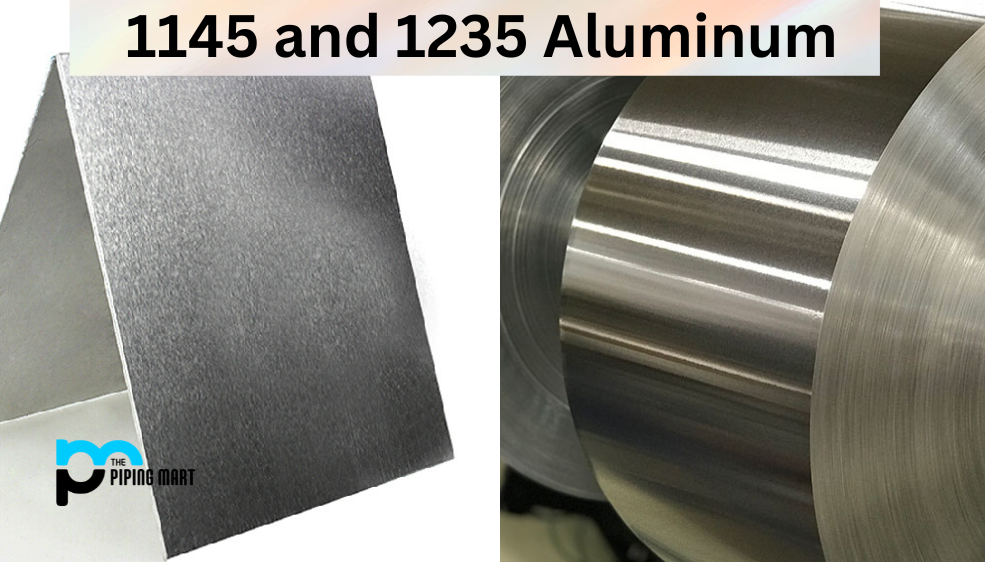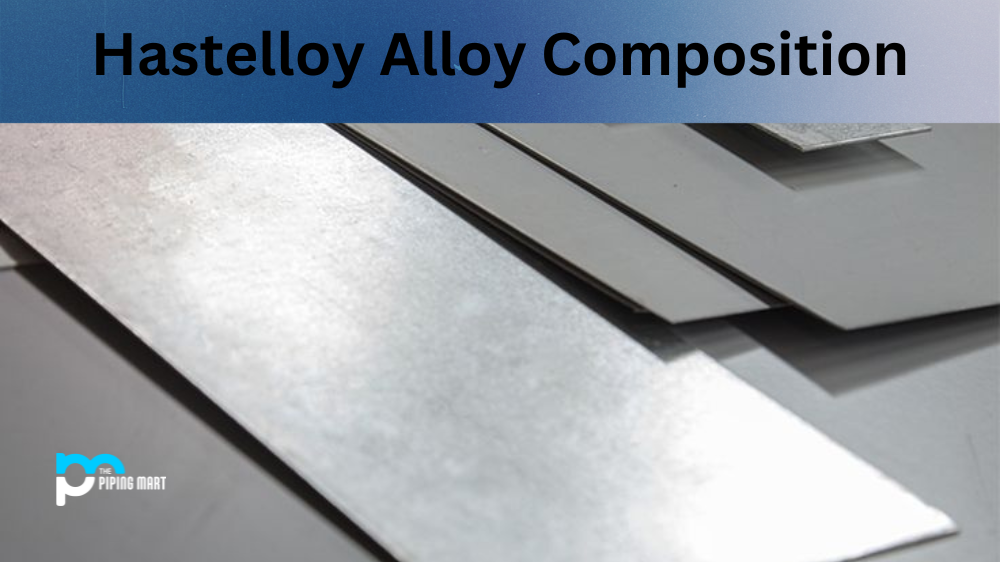Stainless steel is popular in various manufacturing industries because of its strength, corrosion resistance, and aesthetic appeal. One of the most popular grades of stainless steel is 316, known for its high corrosion resistance and versatility. However, did you know there are different types of 316 stainless steel? This article will explore the different variants of 316 stainless steel and its unique properties.
Types of 316 Stainless Steel
316L Stainless
This type of 316 stainless steel is a low-carbon variant best suited for welding applications. It has a maximum carbon content of 0.03% and is highly resistant to sensitization, making it ideal in environments prone to corrosion or acidic solutions. Also, it’s well-suited for applications where welding is required since it doesn’t form carbide precipitation.
316Ti Stainless
The ‘Ti’ in the name denotes that the metal has been stabilized using Titanium, making it resistant to intergranular attack during welding. This variant has better-elevated temperature strength and corrosion resistance because of the stabilized Titanium content.
316LN Stainless
It has the addition of nitrogen in its composition, increasing its tensile strength, ductility, and overall corrosion resistance, making it more suitable for higher temperatures. It is also a preferred variant for applications exposed to harsh chemical environments.
316F and 316LVM Stainless
These type of grade contain higher levels of sulfur, which make them highly machinable. Grade 316F is primarily used in manufacturing screws, nuts, and bolts, while Grade 316LVM is used in the production of medical equipment due to its bio-compatibility.
316H Stainless
This type has been reinforced to improve toughness and strength at high temperatures, making it popular in applications involving severe environments. It is best suited for heavy-duty industrial equipment and high-temperature furnaces.
Conclusion
In conclusion, 316 Stainless steel is an incredibly versatile material with different variants designed to suit a wide range of applications. It is essential to understand the differences in these types of stainless steel to determine the best one for your application. With the proper selection, you can ensure your project’s durability and longevity, even in extreme conditions. So always consult with your supplier or material specialist before choosing the type of 316 stainless steel suitable for your application.

Meet Bhavesh, a seasoned blogger with a wealth of knowledge and experience. From metal products manufacturing to retail, Bhavesh has a diverse background in various industries and is dedicated to sharing his insights and expertise with readers.




